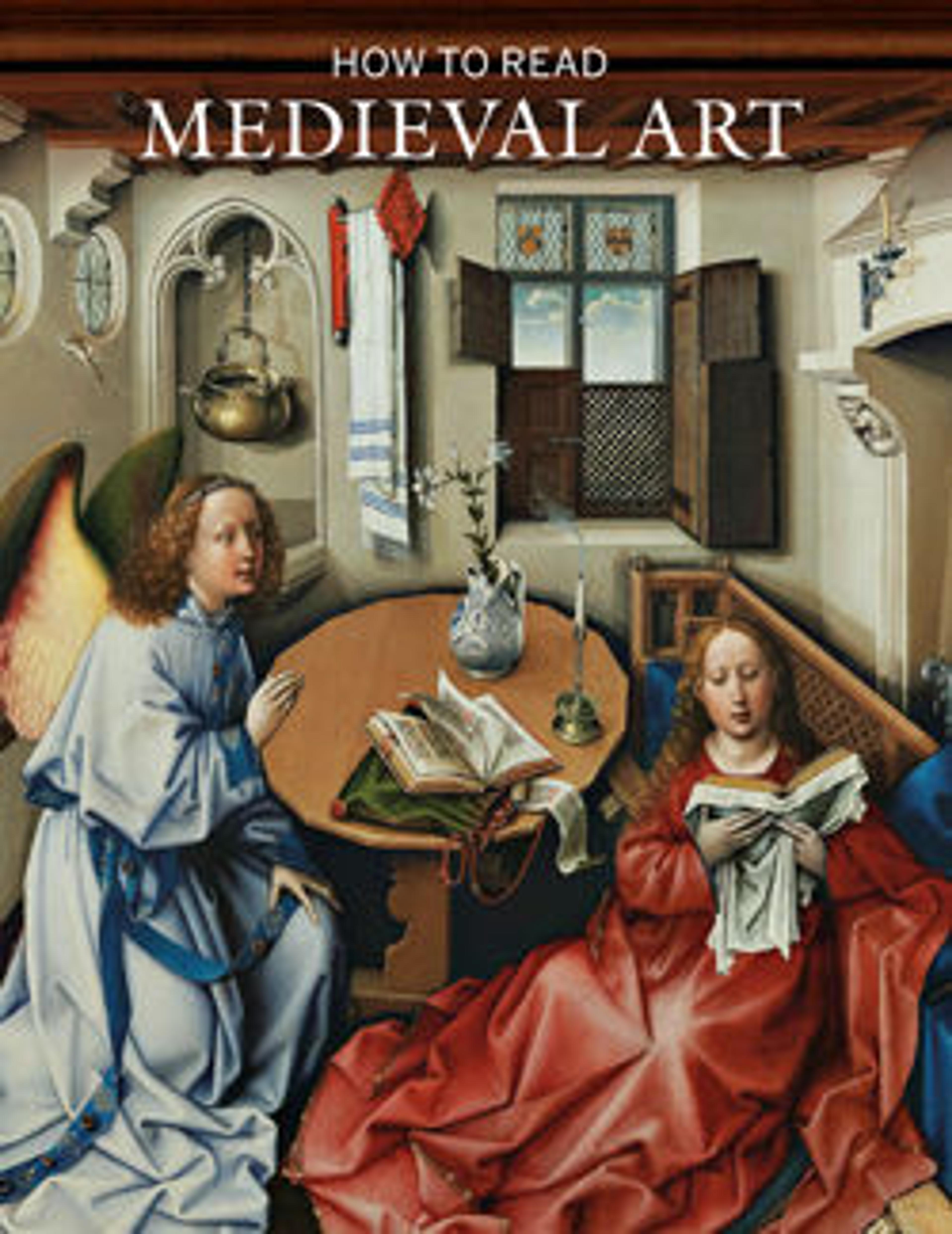Double-Sided Ivory Liturgical Comb with Scenes of Henry II and Thomas Becket
Liturgical combs were used by priests before celebrating mass. This comb with two scenes of the life of Saint Thomas Becket-one showing Henry II naming him archbishop of Canterbury, the other of his martyrdom-is remarkable for the accuracy of the events portrayed. The classicizing naturalism of the figures and floral ornament are important features of the Gothic style of English art around 1200.
Artwork Details
- Title: Double-Sided Ivory Liturgical Comb with Scenes of Henry II and Thomas Becket
- Date: ca. 1200–1210
- Geography: Made in Canterbury, England (possibly)
- Culture: British
- Medium: Elephant ivory
- Dimensions: Overall: 3 3/8 x 3 3/8 x 1/2 in. (8.6 x 8.6 x 1.2 cm)
- Classification: Ivories-Elephant
- Credit Line: Purchase, Rogers Fund, and Schimmel Foundation Inc., Mrs. Maxime L. Hermanos, Lila Acheson Wallace, Nathaniel Spear Jr., Mrs. Katherine S. Rorimer, William Kelly Simpson, Alastair B. Martin and Anonymous Gifts, 1988
- Object Number: 1988.279
- Curatorial Department: Medieval Art and The Cloisters
More Artwork
Research Resources
The Met provides unparalleled resources for research and welcomes an international community of students and scholars. The Met's Open Access API is where creators and researchers can connect to the The Met collection. Open Access data and public domain images are available for unrestricted commercial and noncommercial use without permission or fee.
To request images under copyright and other restrictions, please use this Image Request form.
Feedback
We continue to research and examine historical and cultural context for objects in The Met collection. If you have comments or questions about this object record, please contact us using the form below. The Museum looks forward to receiving your comments.
